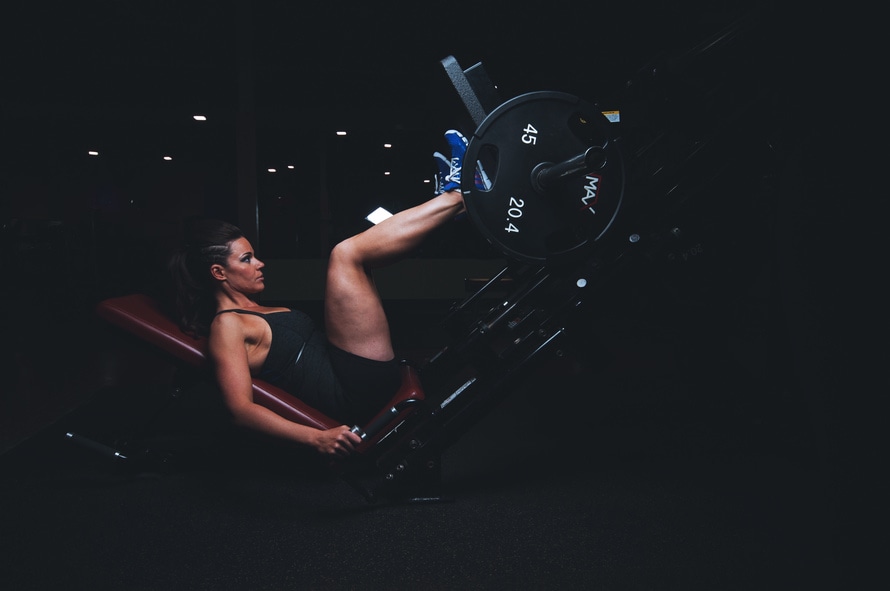Women’s fitness is a booming industry right now, and that’s certainly a good thing. It means women and girls are thinking about their health — not just their looks and their bodies, but their lifespan and wellness. This is certainly important. Through fitness, we women can help lower our risk for heart disease, various cancers, diabetes and other physical ailments like obesity.
Fitness is a complicated issue because everyone’s body and journey is different. Are you looking for more information on fitness that takes into consideration the needs of women? Here are four blogs you need to add to your bookmarks bar.
Twenty, even ten years ago, “like a girl” was an insult popular among men and boys. “You throw like a girl,” “you hit like a girl,” and so on — it usually referred to how men were supposed to be stronger than their female counterparts. Fast-forward to our modern era — we’ve had rampant discussions about how harmful “like a girl” can be, and we’ve also showcased how strong women truly are. Lift Like a Girl is run by Nia Shanks, a strength trainer who aims to empower women through fitness motivation.
In 2009, Toni Carey and Ashley Hicks looked at the growing obesity epidemic within the black community and asked themselves an important question: how can we help to solve it? Their answer was Black Girls Run!, a foundation and blog built on encouraging fitness and exercise among young black women in America. Black Girls Run! is now host to almost 200,000 members and discusses fitness, beauty, lifestyle and valuable nutrition information.
As women with full schedules and busy lives, we don’t always have time to work out. When we do find the time, sometimes it can feel like a punishment at the end of a long day. Fit Bottomed Girls is run by two women, Jennipher Walters and Erin Whitehead, who fit that description to a T. Instead of making exercising a chore, they come up with practical, fun approaches to fitness that are rewarding. They don’t just discuss fitness, either; Walters and Whitehead discuss their lives, motivation and other related topics.
Finally, Molly Galbraith recently became well-known on the Internet thanks to a body-positivity that went viral on Facebook. What you may not know is that her dedication to women’s fitness goes beyond that video alone. Her blog, Girls Gone Strong understands that fitness should be an issue of health, not an issue of attractiveness or thinness. She offers workout tips for women who want to shape their body and their life in a myriad of ways, from gaining muscle to eating better.
We all come from different places, have different body types, schedules, styles and genetics. These blogs look not just at women as a collective, but as individuals. Look for other blogs that speak to your specific interests. What fitness blogs do you recommend?











